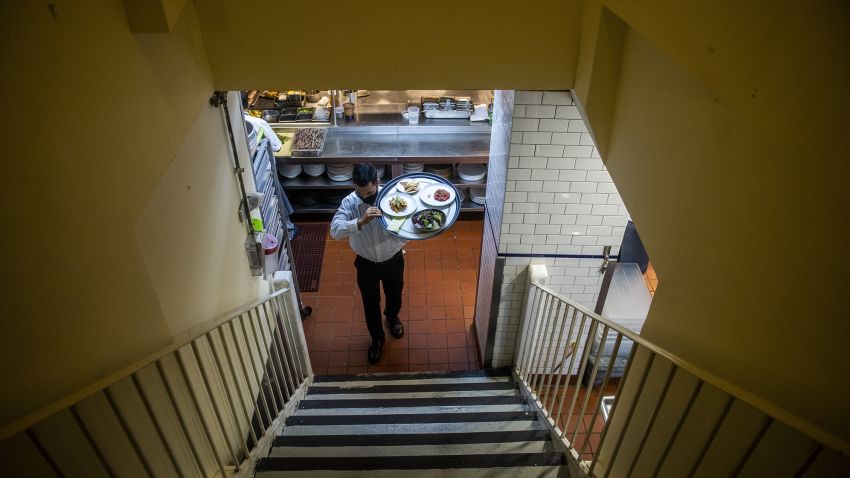America’s economic recovery from the historic shock of the pandemic has been nothing short of extraordinary.
However, consumers are feeling disparaged as they struggle with rising prices on everything from garden furniture and groceries to gas. Home prices have gone through the roof but with the Federal Reserve raising interest rates, floating-rate mortgages are getting more expensive, too.
For the many American households who are already worrying about their finances in the year ahead, the recovery is complicated.
The good: The labor market is almost back to normal
There are no two ways about it: America’s job market is very strong right now.
The nation is only about 1% away from recouping all employment lost during the Covid pandemic. Between January and March, the US economy added a whopping 1.7 million jobs. Aside from a hiccup in December 2020, when rising infections weighed on job creation, American employers have added a robust number of positions every month since the recovery began in May 2020.
That’s remarkable and puts the nation on track to recover from the pandemic recession a gobsmacking eight years sooner than it did following the Great Recession.
“We’re experiencing the fastest labor market recovery in more than a generation, adding nearly 8 [million] jobs since [President Joe Biden] took office—which comprise 93% of jobs lost during the pandemic,” wrote Treasury Secretary Janet Yellen in a tweet Friday.
At the same time, wages have climbed higher, rising 5.6% in the year ended in February. High demand for workers mean businesses have to pay more to attract and retain staff.
Data from the government’s monthly Job Openings and Labor Turnover Survey shows that while Americans quit in droves, they are overwhelmingly moving on to new jobs for better pay or benefits.
Yet, despite millions of available jobs and rising wages, things don’t necessarily feel great for everyone.
The bad: Inflation, gas prices and geopolitics
Americans had to deal with a lot in the first three months of 2022.
Coronavirus cases surged at the start of the year as the highly infectious Omicron variant took hold, rampant inflation showed no sign of abating, prices at the gas pump surged – and then Russia invaded Ukraine, throwing the global economy for a loop.
While the Omicron surge did abate, there’s already a new variant to worry about. The other fear factors of early 2022, however, continue to cast their shadow as the second quarter begins. This confluence of anxiety-inducing factors obscures how well things were actually going.
Inflation is at the highest level in 40 years, outpacing the strong wage gains necessitated by the labor shortage.
Energy prices, which have risen steadily over the past 12 months, jumped following Russia’s invasion of Ukraine. A conflict halfway around the world is therefore tangible every time Americans fuel their cars. This especially affects lower-income workers, who drive more and are less likely able to work remotely.
Consumer sentiment fell to its lowest level since August 2011 in March as US families worry about what their finances might look like in the year ahead.
The contradiction is a dilemma that the Biden administration will have to address. In a Quinnipiac University poll released Wednesday, 30% of Americans said they consider inflation to be the most urgent issue facing the country at the moment. Just 14% named the war in Ukraine. The same poll showed that just one in three Americans approve of Biden’s handling of the economy.
The Federal Reserve, which is independent from the White House, announced the end to its pandemic stimulus late last year. In March, it raised interest rates for the first time since 2018 in order to get a handle on the nation’s inflation problem.
But central bank tools are blunt and need some time to take effect. For Americans with adjustable-rate mortgages, the rising interest rates will become visible more quickly than for others, while inflation will only come down slowly, for example. Yet, it is the best the Fed can do. In terms of sentiment, however, rising rates will put yet another damper on optimism in the near-term.






















